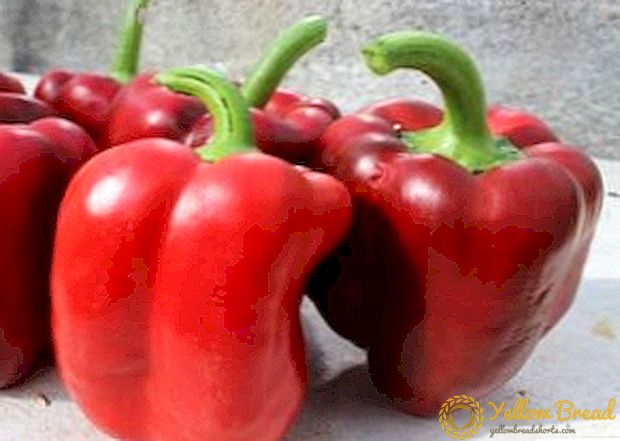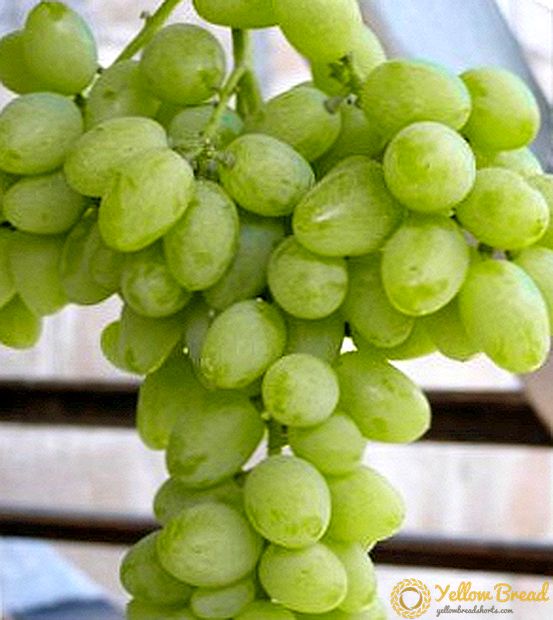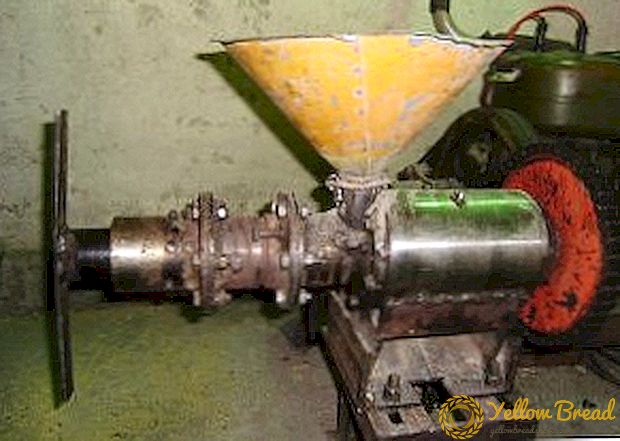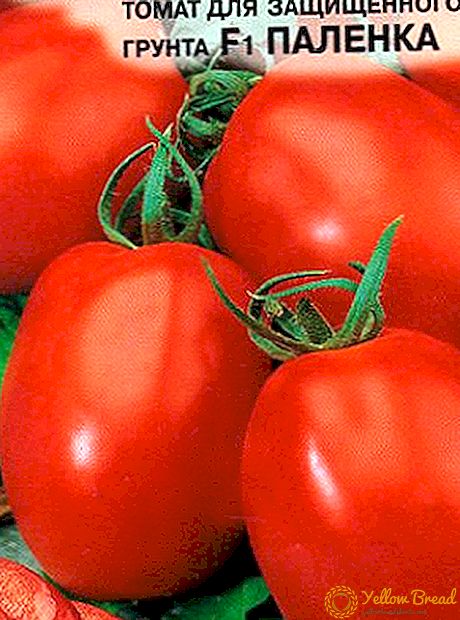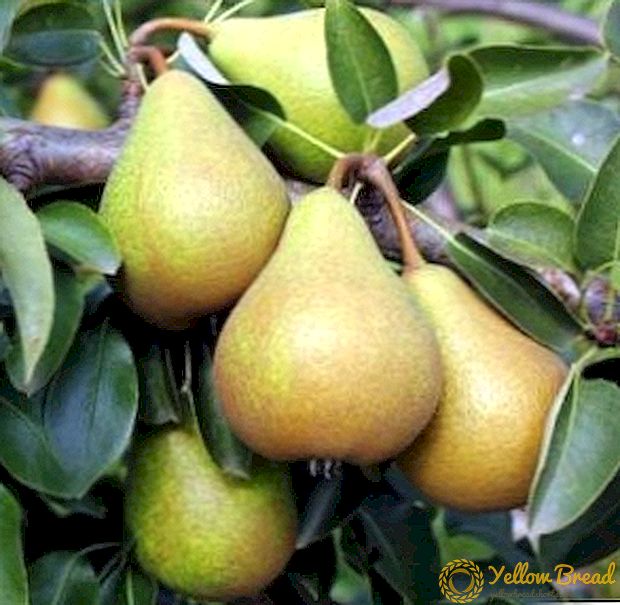
It is necessary to approach to growing calves very competently and responsibly, since it is the food that determines how much growth will take place, how the animal will develop and how long it will reach the level of maximum development.
With age, the diet of young cows and bulls needs to be changed, as the needs of animals for specific trace elements change constantly.
In order to prevent any deviations or delays in development, it is very important to observe the correct diet, as well as to change the products in the diet in accordance with the need.
In the matter of feeding young cattle, it is tedious to know if the animal develops correctly and does not gain too much fat.
If the diet is too sharp drops, that is, first the food will be excessive, and then - insufficient, then the animal will grow weak, and the development will be impossible to "catch up."
Nutrition young stock can be divided into 3 periods:
- Colostrum (lasts 10 - 15 days after birth)
- Milk (4 - 5 months after birth)
- Postmilk (up to the calf's age of 16 - 18 months)

At first, the gastrointestinal tract of the calf will not work normally all the time, that is, there will sometimes be disorders, which leads to failures in the feeding regime.
Colostrum - This is the first calf feed.This product is very different from nutritious milk.
Colostrum contains about 6 - 7 times more highly digestible protein compared to milk.
This product also supplies the body of the calf with protective bodies in the form of antibodies bound to globulins. These antibodies build the immune system of the animal and make it immune to various kinds of infections.
Also, colostrum is fatter than milk by 2 - 3 times and more useful several times due to the presence of minerals in it. With colostrum, the calf’s body is saturated with magnesium, which prevents intestinal stagnation, since all harmful compounds will be actively eliminated from the body due to the laxative effect.
Colostrum contains more vitamins than milk, but already 5 - 7 days after the birth of a calf, the cow gives colostrum, the composition of which almost coincides with the composition of natural milk.
At first, 1.5 - 2 liters of colostrum will be sufficient for a large calf, and if the calf's body is weakened, then it should be given no more than 0.75 - 1 l of colostrum, and it must be from the cow that gave birth to the calf. Excessive consumption of colostrum leads to digestive disorders.

The first 2 weeks after birth, calves must live alone, each in his own cage. The entire first week of each calf must be fed 5-6 times a day, and during the second week it will be 3-4 times. First, it is better for calves to be given colostrum in the teat drinker, and only later it is possible to feed the product simply in a bucket.
The stall where calves are kept in the first weeks of life must be very clean. Need to wash dishes regularlyin which colostrum is fed, as well as drinkers.
It should also be kept clean and udder cow-mother. After each calf feeding, the containers with water and colostrum should be washed under warm water.
2 weeks after the birth, when the feeding period of the colostrum ends, the calves can be planted in cages not one by one, but by several heads. Cellular content should continue until the end of the milk feeding period. Collected milk is used as food at this time.
Until the calf reaches the age of 3 months, it is necessary to give it to feed with whole milk or a whole milk substitute. The next 2 months the diet of young animals should consist of milk with 0% fat.
The amount of milk given depends on the purpose for which the animal is raised.

Often when growing young cattle, instead of whole milk, they use its substitutes. This product is good because its use can significantly reduce the cost of feeding the animal.
Even from the very first days, the calf can be given substitutes, in particular, acidophilic sour milk in the amount of 50 - 100 g each time you feed the animal.
If there is no such special yogurt, calves can give homemade yogurt, for which you need to ferment milk. But in this case, it is possible to feed such animals with small animals only after 2 - 4 weeks after birth.
At first, you need to give 100 g per day, and in general the amount of yogurt given should reach 1.5 kg. When the calves reach the age of 2 weeks, they can be given oatmeal kissel.
If among calves there are female individuals of the dairy direction, then it will be better if from an early age to teach them to feed of plant originwhich will contribute to the more rapid development of the digestive system of the animal.
As soon as the calf is 10 days old, you should give him hay, but not ordinary, but special, enriched with vitamins.
Calves of a week old need to drink hay infusion, which will improve the appetite, as well as prevent the development of diseases of the intestine and stomach. It is necessary to prepare this infusion from good, leafy hay.
The liquid should turn black and brown, and should smell like hay. Only need to give a freshly prepared solution. It will supply extra fluid to the body, but will not replace milk. Up to 3 months each calf should be given daily 1.4 - 1.5 kg of hay, and by 6 months of age the amount of this feed should be brought up to 3 kg.

Mineral feed needs to start giving calves from the second decade, and concentrates can be given already 15-20 days old calves.
First, during the first week, 100-150 g sifted oatmeal should be given, and only then you can add other concentrates to the diet.
Root vegetables must be present in the diet.that you can start giving animals a month after birth. Root vegetables should be washed very well and thoroughly minced before giving them to animals.
With the onset of summer in the diet of young cows and bulls tedious to introduce green grass. The most effective animals will consume greens on pasture.On the field, animals can be driven within 3 weeks after birth, but only in good weather.
Calves will begin to fully eat grass only 2 months after birth, but it is better to teach the young beforehand to eat greens by feeding dried grass to animals. In the same period, the cattle need to be given and hay. In summer, minerals-rich supplements should be added to the feed.
If you feed the calves correctly, you can get fully developed animals that will be as active and healthy as their mothers.

